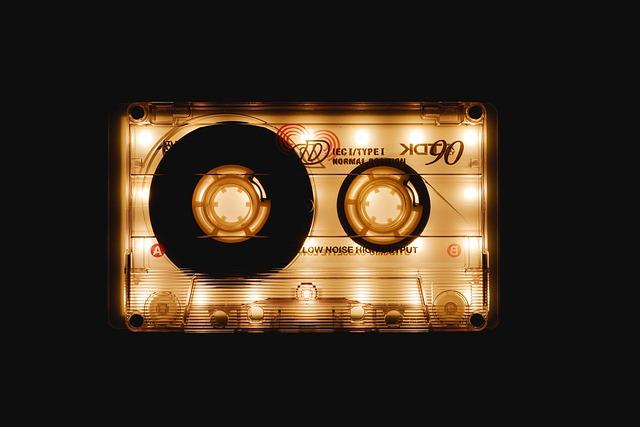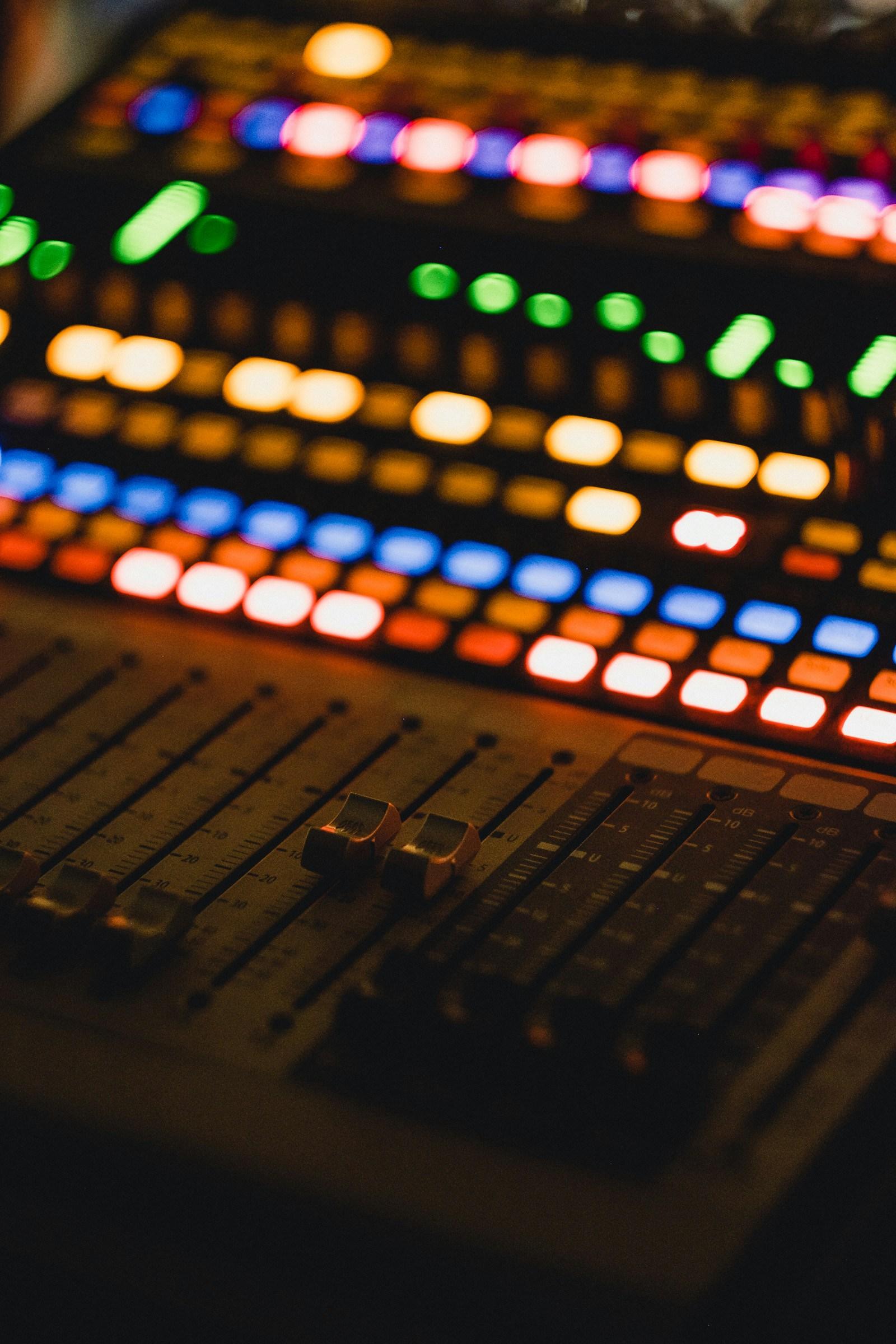In the tapestry of cinematic storytelling, music scoring emerges as a silent yet powerful force, weaving emotions into every scene and dialogue. While actors bring characters to life and directors sculpt narratives, it is the music that breathes emotional depth into the film, guiding audiences through a symphony of feelings. From the haunting strings of suspense to the uplifting crescendos of triumph, music scoring transcends mere background accompaniment, becoming an integral storyteller in its own right. This article delves into the transformative role of music in film, exploring how carefully crafted scores elevate the emotional resonance of the cinematic experience, turning moments into memories and stories into sensations.
Crafting Atmosphere: The Subtle Power of Instrumentation
In the realm of film, the choice of instruments can be as telling as the dialogue. Instrumentation serves as an invisible character, weaving through scenes to evoke emotions and underscore narrative shifts. A single cello might whisper the haunting solitude of a protagonist, while a full orchestral swell can evoke triumph or despair. The nuanced selection of instruments can transform a mundane moment into a poignant memory, subtly guiding the audience’s emotional journey.
- Strings: Often used to convey deep emotion, ranging from melancholy to romance.
- Brass: Adds grandeur or tension, often signaling action or impending conflict.
- Percussion: Provides rhythm and intensity, driving scenes forward with urgency.
- Woodwinds: Evoke a sense of mystery or playfulness, depending on the context.
By meticulously selecting and blending these instruments, composers craft a rich tapestry that enhances the emotional depth of a film, transforming simple scenes into unforgettable cinematic experiences.

Melodic Narratives: How Themes Shape Character Journeys
In the realm of cinema, music serves as an invisible narrator, guiding audiences through the intricate web of a character’s journey. Themes are meticulously crafted to echo the essence of a character’s transformation, adding layers of emotional depth that dialogue alone cannot convey. Musical motifs often become synonymous with characters, offering a melodic shorthand that reflects their inner conflicts, triumphs, and growth. Through subtle variations and reprises, these motifs can evolve, mirroring the character’s development and enhancing the storytelling experience.
- Emotional Resonance: Themes underscore pivotal moments, amplifying the emotional impact and allowing viewers to feel the character’s journey on a visceral level.
- Symbolic Representation: Music can symbolize a character’s internal struggles, aspirations, or relationships, providing a deeper understanding of their narrative arc.
- Continuity and Cohesion: Recurring themes create a sense of continuity, binding disparate scenes into a cohesive narrative tapestry.
By weaving these melodic narratives, composers craft a rich emotional landscape, ensuring that the music not only accompanies the visual journey but becomes an integral part of it. The interplay between score and story allows for a nuanced exploration of character dynamics, making the cinematic experience both profound and unforgettable.

Timing and Tempo: Synchronizing Sound with Emotion
In the realm of film scoring, the precise alignment of timing and tempo plays a pivotal role in shaping the emotional landscape of a movie. Music can subtly underscore a moment or dramatically transform a scene, guiding the audience’s emotional journey. The tempo, or speed of the music, often mirrors the heartbeat of the film, accelerating during moments of tension or excitement and slowing down during introspective or tender scenes. This synchronization is not just about matching beats per minute but about resonating with the underlying emotional pulse of the narrative.
- Fast-paced sequences are often accompanied by quick, rhythmic music to heighten adrenaline and suspense.
- Slower scenes might employ languid, flowing melodies to evoke reflection or melancholy.
- Transitions between scenes can use music to smooth or emphasize changes in tone.
By deftly weaving music with on-screen action, composers craft a symbiotic relationship where sound and emotion are inseparable, enhancing the depth and impact of the cinematic experience.

From Screen to Score: Collaborative Techniques for Directors and Composers
In the dynamic world of filmmaking, the synergy between directors and composers is crucial for crafting a film’s emotional landscape. This collaborative process often begins with an in-depth discussion about the film’s vision, where both parties explore thematic elements and emotional beats. By exchanging ideas and inspirations, directors and composers can align their creative visions, ensuring the score complements the narrative.
- Early Involvement: Composers often join the project during the scripting phase, allowing them to understand character arcs and plot developments.
- Spotting Sessions: These meetings involve analyzing the film scene by scene to decide where music should be placed to enhance emotional impact.
- Iterative Feedback: Directors provide feedback on musical drafts, allowing composers to refine themes and motifs that resonate with the film’s tone.
By fostering open communication and a shared creative language, directors and composers can transform a screenplay into a vivid emotional experience, making music an integral part of storytelling rather than just an accompaniment.

